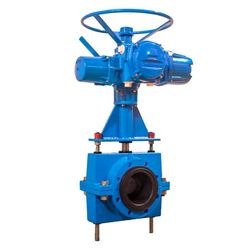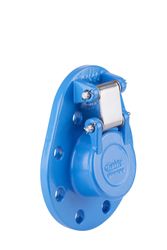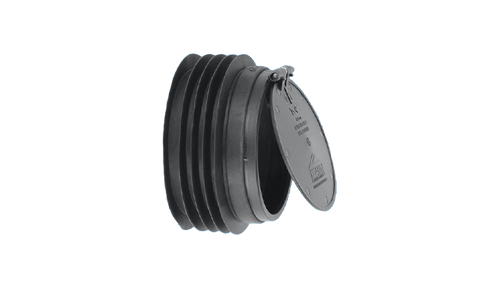
What is a Flap Valve? Working Principle & Function
A Flap Valve, in simple words, permits gas or fluid to flow in one direction while preventing backflow. A spring-loaded or weighted flap affixed to the opening of a pipe, tube, or duct accomplishes this function. Flap valves are commonly used as industrial equipment to direct flow in the desired direction. They can be opened manually or remotely, and they can be opened by the force of the flow. The purpose of a flap valve is to send water out of a flanged pipe while preventing debris such as sticks and leaves from flowing back in. The valve will open when direct pressure is applied to it, and it will close when that pressure is alleviated.
Need industrial equipment, parts, or services? Submit an RFQ and get quick quotes.
Get a QuoteNeed industrial equipment, parts, or services? Submit an RFQ and get quick quotes.
Get a QuoteTop Companies in Flap Valve
Top Devices in Flap Valve
Related RFQs
Flap Valves
LNQ-22111524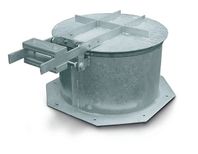
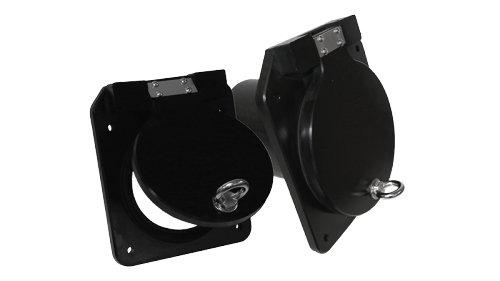
What is a Flap Valve?
Flap Valves, also known as Flap Gates, are installed on the end of a flanged pipe to allow water to flow out while preventing detritus such as sticks, leaves, and other debris from pouring back in. The valve will open under direct pressure and close when the pressure from the outfall fluid is relieved.
Function of a Flap Valve
A flap valve is a basic one-way valve that allows gases or fluids to flow in one direction while blocking flow in the other. A spring-loaded or weighted flap is put across the opening of a pipe, tube, or duct to achieve this goal. The valve flap opens in the appropriate flow direction and is either forced open by the flow or opened remotely. The flap's spring or weight closes it against a seal when the flow stops or the remote actuation is released, essentially preventing fluid or gas from flowing back into the pipe. In addition, the flap valve keeps unwanted foreign objects out of the pipe or channel to which it is connected.
Working Principle of a Flap Valve
Flap valves are low-cost, high-efficiency one-way seals with a wide range of applications, from huge water treatment plant valves to little flush valves in toilets. They are also among the easiest and cheapest valves to repair due to their inherent simplicity and absence of sophisticated actuation mechanisms. This makes the flap valve an especially appealing choice for systems that work hard but are rarely subjected to extremely high pressures. Flap valves are also particularly useful for applications in distant places where regular maintenance is impractical due to their simplicity.
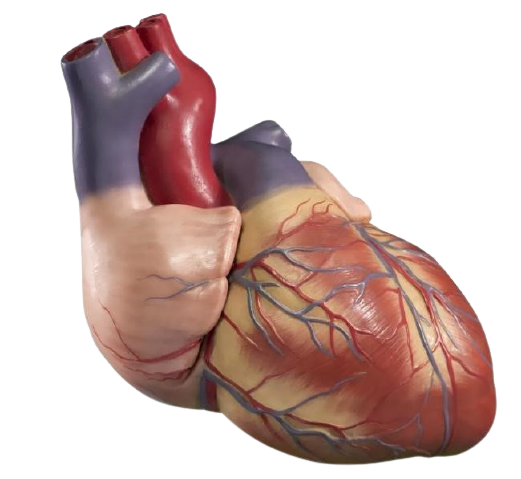
Application of a Flap Valve
The toilet is one of the most typical domestic applications of the flap valve. The flush push-button or lever activates this sort of flap valve, which rises to allow water from the cistern to flow down into the bowl and flush the toilet. The valve is released once the cistern has emptied, sealing the outflow line and allowing the cistern to refill.
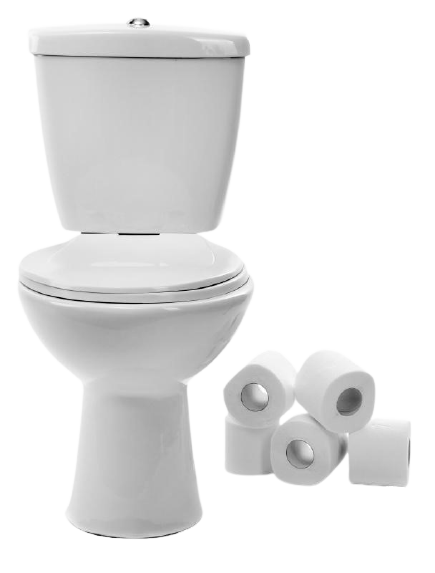
Features of a Flap Valve
Flap valves are available in a variety of sizes and shapes, ranging from little plastic valves with a diameter of one or two inches (approximately 3 to 5 cm) to massive stainless steel valves with a diameter of several yards. Large flap valves are as simple and easy to maintain as their smaller counterparts because the underlying principle of functioning stays the same. Large valves, on the other hand, are more likely to be opened by pumped fluid flows at a higher pressure than tiny home valves, which are typically opened by natural gravity drainage.
A flap valve's actual flap component can also be composed of a flexible material like neoprene or silicone. The only essential need for this sort of valve to work well is that the flap opens when the duct is subjected to normal flow and closes with a good seal. The valves of the human heart are classic flap valve examples, displaying the design's exceptional simplicity and reliability.
You can find a great deal of Flap valve Companies and Manufacturers in Linquip, along with expert Service Providers.
Standard Features of a Flap Valve
Cast Iron Design
The cast parts, as opposed to fabricated parts, have a lower risk of failure over time.
Machined Bronze to Bronze Seat
The lid closes against a firm, smooth surface created by our machined seat. It can survive the most extreme situations. The robust to bronze seating is used on the 30" to 36" flap valves.
Two-Part Epoxy Coating
The coating on our flap valves provides long-term corrosion prevention.
Stainless Steel Hinge & Cotter Pins
Because our valve pins are constructed of stainless steel, they will not rust and bind the valve.
Optional Resilient to Bronze Seating
This results in a softer reseating surface as well as a better seal.
Considerations of Using the Flap Valves
Operation
The flap valve will swing open under direct pressure to release the outfall fluid and close when the direct pressure is alleviated if it is properly placed. To achieve positive seating, for example, the Troy Valve A2540 Flap Valve incorporates a 10-degree inclined seating plane.
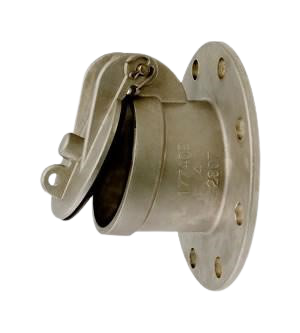
Maintenance
It is advised that the flap disc be inspected on a regular basis to ensure that it is still free to swing open and that the bronze seats are not damaged.
Installation
The bolt holes in the flange (125-lb. template) must straddle the vertical centerline when the valve is mounted. The diameter and amount necessary are shown on the drawing.
Parts
Requests for parts can be made. For further information, please contact us. Linquip offers a wide variety of Distributors, Experts, and Equipment for Sale of Flap valves.
Summary
One-way valves that are put at the open end of a pipeline or culvert are known as flap valves. Their function is to allow downstream water to depart the pipe through a one-way flap door while preventing rising water levels outside the pipe from entering the pipe and flooding the protected area. Our Flap Valves are both lightweight and corrosion-resistant, and they act as non-return valves and check valves to prevent reverse flows.
Traditional flap valves are made of cast iron, but the standard line of flap valves is made of HDPE, a high-strength, thick plastic material that offers a number of advantages.
Flap Valves are available in a variety of configurations for most installation methods, including the wall, spigot, and flange mounting.
Flap valves are equipped with a variety of seals to prevent leakage into the pipe system. An EPDM integrated lip seal forms a watertight seal between the flap and the valve's body. All Flap Valves come with a strip of self-adhesive neoprene to provide a seal between the valve and the wall (wall mounted Flap Valves) or pipe (spigot Flap Valve).





